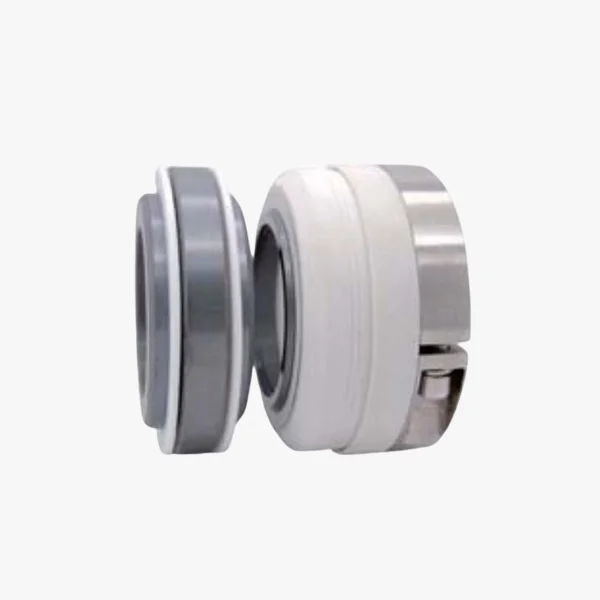In various industries, cutting processes play a crucial role in manufacturing and fabrication. Traditionally, oxygen has been the primary gas used for cutting due to its ability to support combustion. However, advancements in technology have led to the exploration of alternative gases, such as compressed air, for cutting applications. This blog post aims to delve into the question: Can you use compressed air instead of oxygen for cutting?
- Understanding the Cutting Process:
Before we delve into the potential use of compressed air for cutting, it is essential to understand the basic principles of the cutting process. Cutting involves the removal of material through the application of heat, mechanical force, or a combination of both. The primary objective is to achieve precise and efficient cuts while minimizing any adverse effects on the material being cut. - Oxygen Cutting:
Oxygen cutting, also known as oxy-fuel cutting, has been widely used for decades. It involves the combustion of a fuel gas, typically acetylene or propane, in the presence of oxygen. The heat generated by the combustion reaction melts the material, while the oxygen stream blows away the molten metal, resulting in a clean cut. However, the use of oxygen cutting has certain limitations, including the risk of fire and the need for careful handling. - Advantages of Compressed Air Cutting:
Compressed air cutting, also known as air plasma cutting, is gaining popularity as a potential alternative to oxygen cutting. Here are some advantages of using compressed air for cutting:
a) Safety: Unlike oxygen, compressed air is non-combustible, reducing the risk of fire accidents during the cutting process. This makes it a safer option, especially in environments where flammable materials are present.
b) Cost-effectiveness: Compressed air is readily available in most industrial settings, eliminating the need for additional gas storage and transportation. This can lead to cost savings in terms of gas procurement and handling.
c) Environmental Impact: Oxygen cutting produces oxide emissions, which can be harmful to the environment. In contrast, compressed air cutting eliminates the release of harmful gases, making it a more environmentally friendly option.
d) Versatility: Compressed air can be used for cutting a wide range of materials, including metals, plastics, and composites. This versatility makes it suitable for various industries, such as automotive, aerospace, and construction.
- Limitations and Considerations:
While compressed air cutting offers several advantages, it is essential to consider its limitations and potential challenges:
a) Cutting Speed: Compressed air cutting may have slower cutting speeds compared to oxygen cutting. This can impact productivity in certain applications that require high-speed cutting.
b) Material Thickness: Compressed air cutting may not be as effective as oxygen cutting for thicker materials. The heat generated by compressed air may not be sufficient to melt through thicker metals, resulting in slower and less efficient cuts.
c) Surface Quality: Oxygen cutting typically provides smoother and cleaner cuts compared to compressed air cutting. Depending on the application requirements, the surface quality achieved with compressed air cutting may need additional post-processing.
Conclusion:
In conclusion, while compressed air can be used as an alternative to oxygen for cutting, its suitability depends on various factors such as safety requirements, material thickness, and desired surface quality. Compressed air cutting offers advantages in terms of safety, cost-effectiveness, and environmental impact. However, it is crucial to carefully evaluate the specific cutting requirements and consider the limitations before deciding on the most suitable cutting method.


